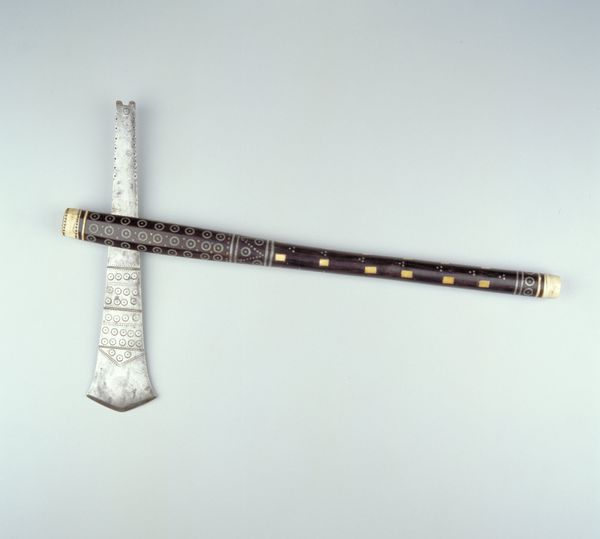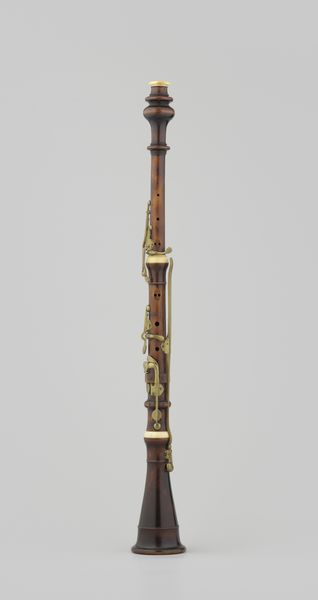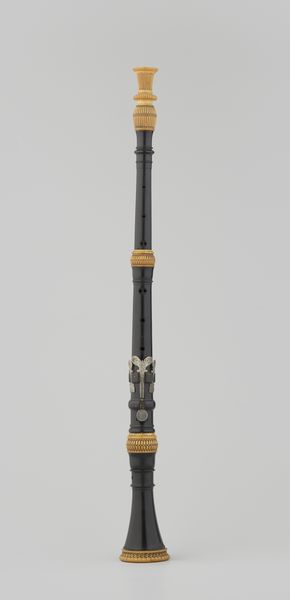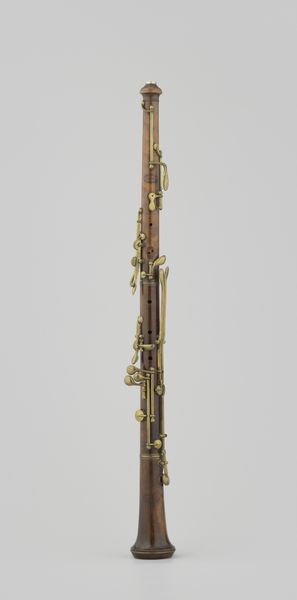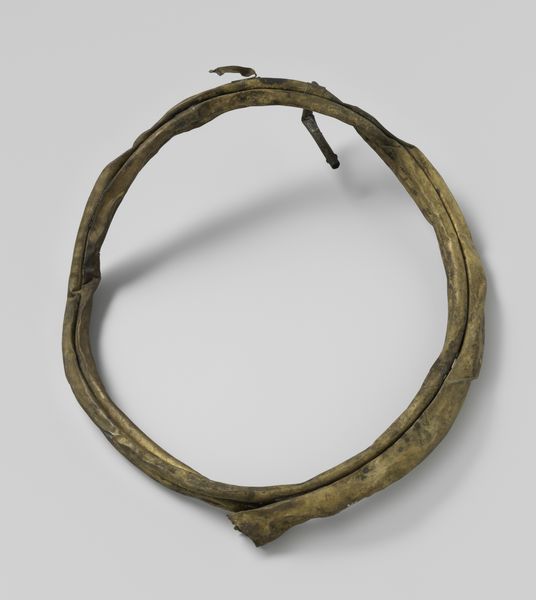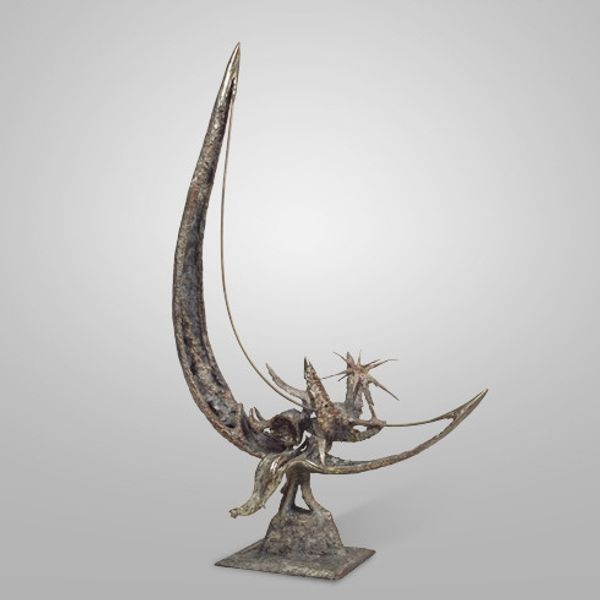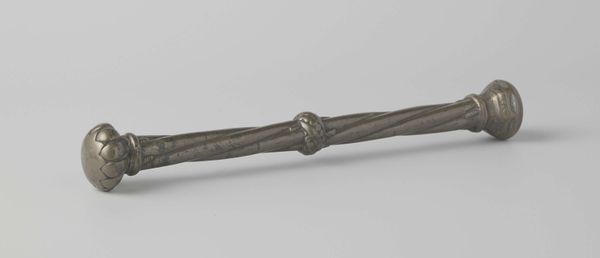
metal
#
germany
#
baroque
#
metal
#
musical-instrument
#
decorative-art
Dimensions: 27 7/8 × 5 × 4 5/8 in. (70.8 × 12.7 × 11.7 cm)
Copyright: Public Domain
Editor: This gleaming object is Johann Wilhelm Haas's "Natural Trumpet," crafted sometime between 1690 and 1710. It looks to be made of metal, currently housed at the Met. It’s so ornate – almost too fancy to be an actual instrument. What’s your take on this Baroque trumpet? Curator: The embellishment is key. We must consider not only the material – likely silver or a silver alloy – but also the labour involved in its creation. Think of the mining, smelting, and the artisan’s skill required for the intricate decorations and the careful craftsmanship of those tassels! Editor: So you're saying the *making* of the trumpet is more important than the music it might have made? Curator: Not necessarily more important, but inextricably linked. This isn't just a musical instrument; it's a display of wealth and status. The materials themselves speak to trade networks and colonial exploitation, bringing precious metals from the Americas to Europe. Can we even consider that the decorative touches may have come from other workers than those who built the trumpet initially? Editor: That’s a point I hadn’t considered. The artistry almost masks the realities of its production. Curator: Precisely! It embodies the conspicuous consumption of the Baroque era, transforming raw materials into symbols of power. Consider the trumpet's role in courtly rituals and military displays: was it truly for music, or for spectacle? Editor: Thinking about it as a material object really opens up new perspectives. It becomes more than just a trumpet; it's a symbol of its time. Curator: Indeed! Materiality allows us to unpack complex social and economic relationships embedded within the artwork.
Comments
No comments
Be the first to comment and join the conversation on the ultimate creative platform.
